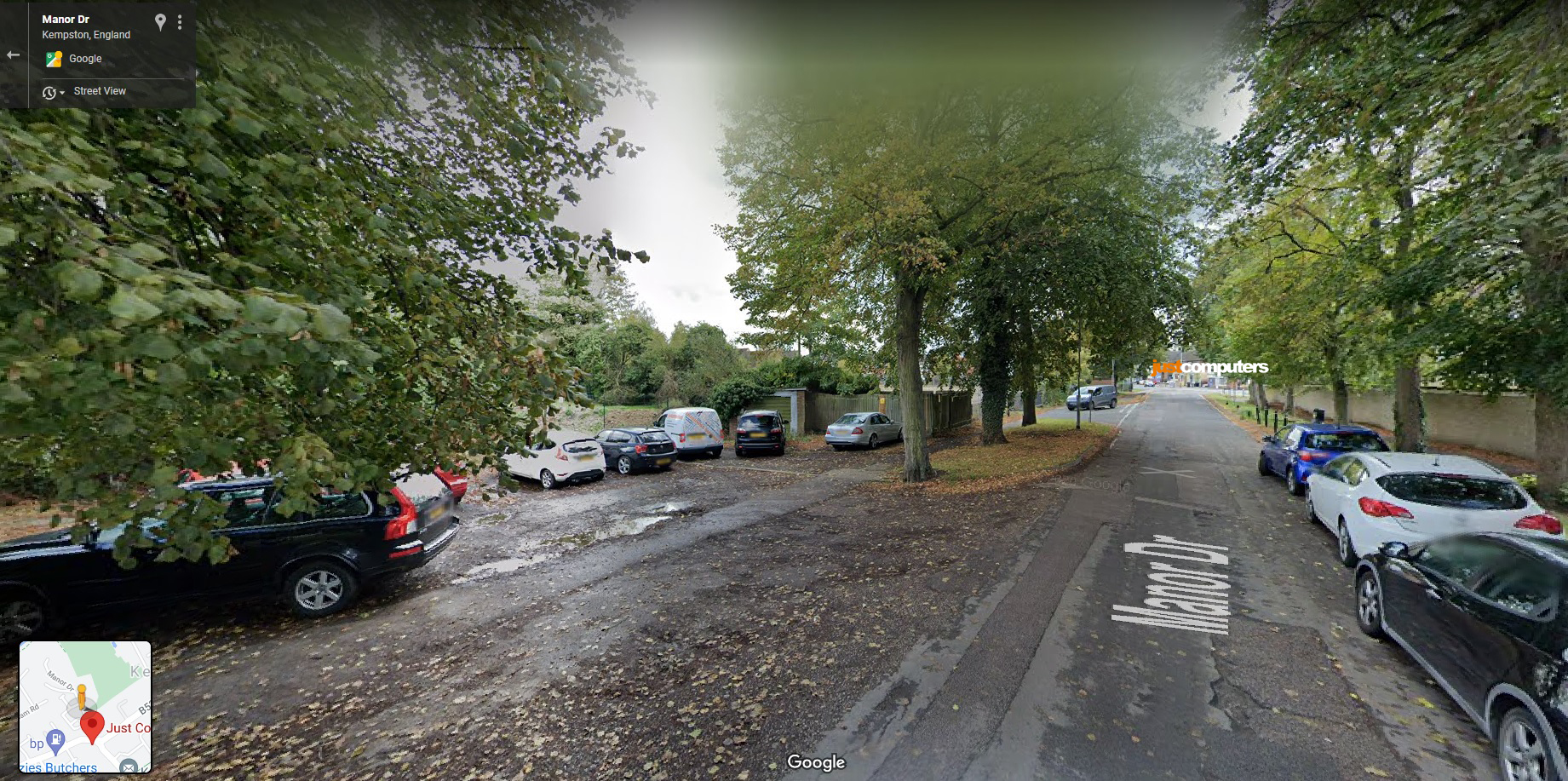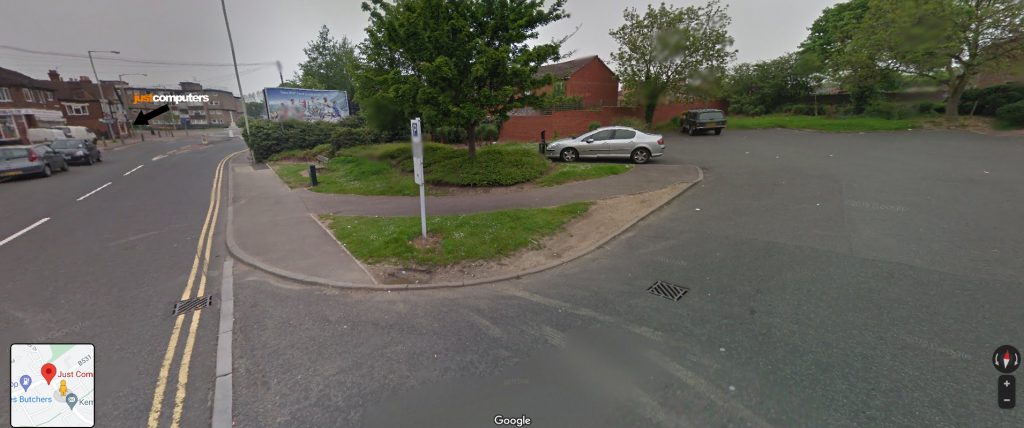In this article, we look at how the weather can affect your Internet connection, and therefore the fortunes of the Web.
Vulnerabilities
Thinking beyond the router that is indoors, and protected from the weather, the rest of the infrastructure that brings your broadband is outdoors, and vulnerable to the effects of the UK weather.
Physical Damage To The Network
Much of our phone network is still made up of underground copper cable, fibre optic cable, and connections. This means that your Internet connection could be affected by:
– Flooding from heavy rainfall dislodging cables and water getting into the connections.
– Hot weather causing networking devices to perform more slowly and cables perhaps suffering physical damage that affects the connection.
– Climate change and extreme weather having had an impact in the form of extreme weather events that disrupt data centre sites. A recent Uptime Intelligence survey, for example, showed that 45 percent of data centres have experienced an extreme weather event that threatened their continuous operation. In the UK, a flood in 2016 at the Vodafone data centre in Leeds resulted in customers getting only intermittent services of voice and data. Data centres around the world are now taking measures to protect themselves from extreme weather that can cause damage and disruption to services.
– Underwater/undersea mudslides, linked to river flooding (from heavy rainfall) in West Africa recently caused oceanographic moorings of cables to surface, thereby damaging subsea cables.
– Rising temperatures (from climate change) increasing humidity across the world by causing the atmosphere to absorb more water vapour, which in turn can affect data centre operations and interfere with tech equipment, affect the strength of wireless signals, and cause slower broadband connection speeds.
– Wireless signals (outside the building) that are part of the communications network can suffer from lower levels of coverage due to rain droplets absorbing and interfering with the signal.
– Satellite dishes and aerials being shaken and/dislodged by very high winds.
Humans
When there are adverse weather conditions outside, this often results in increased use of the Internet and high bandwidth streaming services as people stay indoors and seek online entertainment. These periods of very high demand and high traffic can result in the slowing of Internet connections for many users.
What Does This Mean For Your Business?
Communications businesses such as ISPs, phone companies, and companies in charge of the maintenance of communications infrastructure now face more challenges from the weather than ever as the effects of climate change drive up temperatures, increase humidity, and cause more extreme weather events. This has resulted in the need to try to incorporate more weatherproofing into their communication infrastructures to guard against the kinds of weather events and threats that this changing climate brings. Also, as in the case of Openreach, trying to maintain telephone cables (many of them being old, copper cables), ducts, cabinets and exchanges that are all subject to the UK’s changing (but often wet) weather is also a major challenge, at the same time as businesses and homes rely more upon more smart gadgets, devices and the IoT, and use more streaming services for entertainment. These and other earth-bound coverage challenges are the reasons why ideas such as satellite broadband are beginning to look like attractive communications options. SpaceX, for example, has launched/is launching thousands of small satellites into low Earth orbit to provide a global high-speed broadband coverage in a way that may offer protection, to some degree, from weather events.




